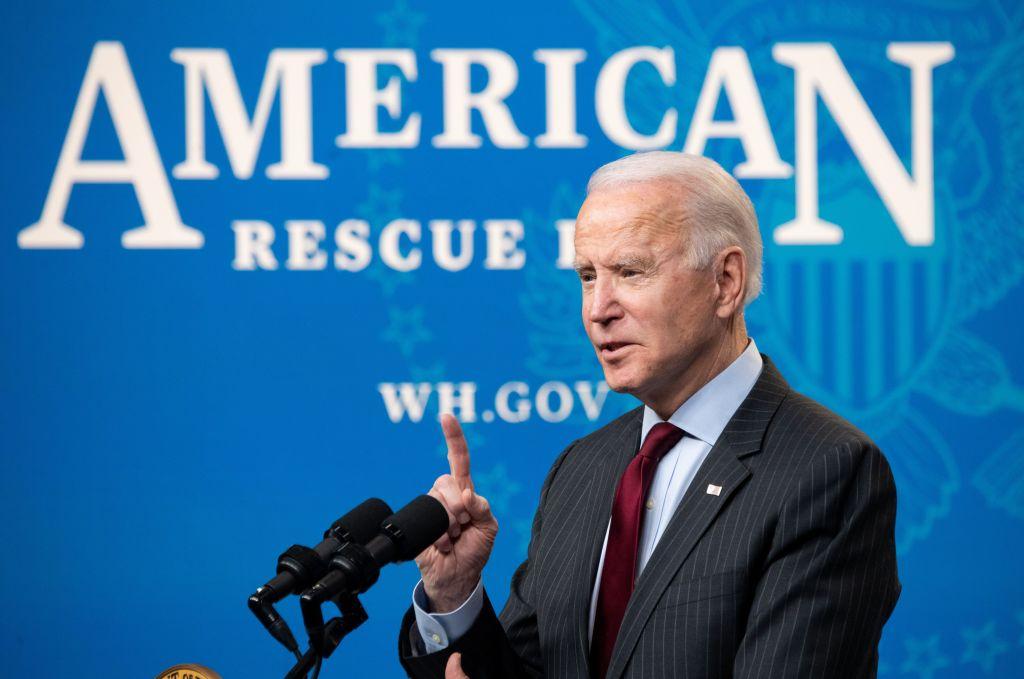Three years after the American Rescue Plan Act delivered billions in direct and flexible aid to every county in the nation, cities are preparing for life after federal funding.
When President Joe Biden signed the landmark $1.9 trillion economic stimulus legislation in March 2021, cities, towns, and villages were offered financial assistance from the $65.1 billion set aside under the State and Local Fiscal Recovery Funds (SLFRF) program.





